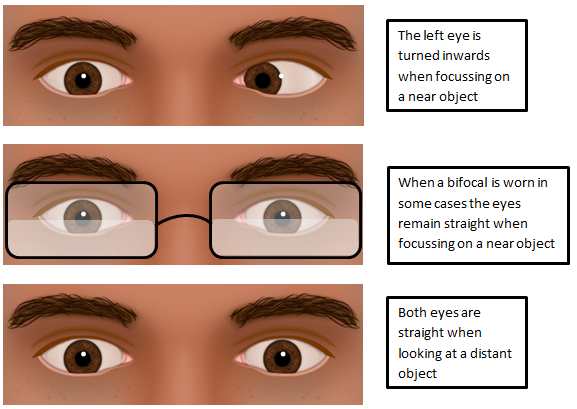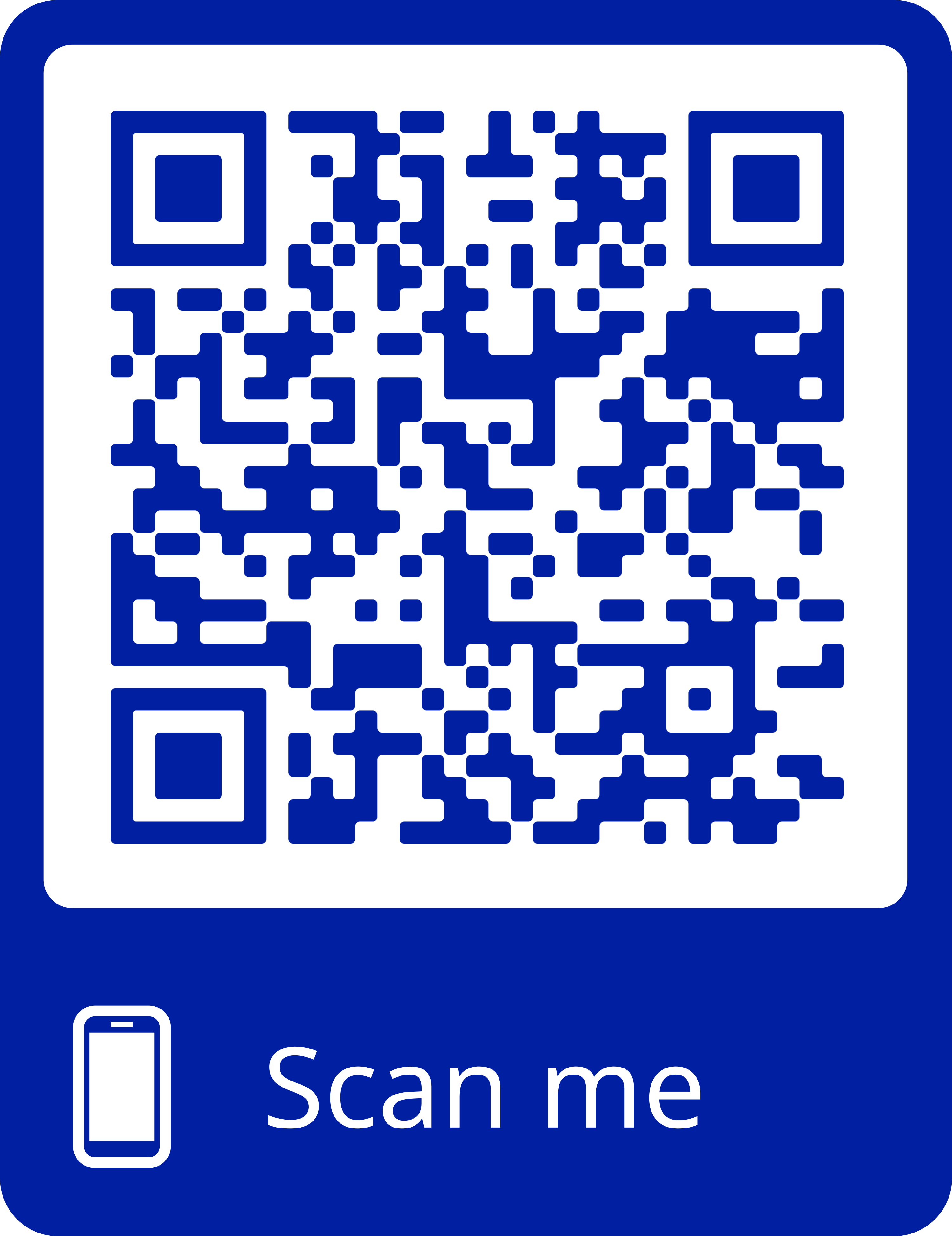- Reference Number: HEY1147/2020
- Departments: Ophthalmology Department, Orthoptic
- Last Updated: 19 December 2023
Introduction
This leaflet has been produced to give you general information. Most of your questions should be answered by this leaflet. It is not intended to replace the discussion between you and the healthcare team, but may act as a starting point for discussion. If after reading it you have any concerns or require further explanation, please discuss this with a member of the healthcare team.
What is convergence excess esotropia?
A number of different types of subcategory of squints exist. Convergence excess type intermittent esotropia is a specific type of intermittent inward squint. With this type of squint, when an individual is looking beyond 3 meters, no squint can be seen. The squint is only seen when focussing on near objects. This occurs despite wearing the most appropriate glasses.

What is the cause of convergence excess esotropia?
When focussing on a near object there is a need to exert some focussing effort (accommodation) to see clearly. This is a normal reflex which occurs naturally. As this happens the eyes automatically move towards the nose a set amount. In a child with convergence excess type intermittent esotropia, the amount the eyes turn in is greater than required and as a result causes a squint to be observed.
Can this impact vision and why do I need to attend appointments?
Children are not born with fully developed vision; in the same way they learn to speak they have to learn to see. Children with convergence excess esotropia usually are not at risk of amblyopia (lazy eye), as there are times when both eyes receive appropriate visual stimulus.
If your child is thought to have convergence excess type intermittent esotropia, their focussing will be checked and glasses will be prescribed, if required. Your child will be advised to wear the glasses for all waking hours. Regardless of whether glasses have been prescribed or not you will be invited for a follow-up appointment. At this appointment the future management of your child’s condition will be discussed in more detail.
Generally the options to manage this type of squint fall into the following categories:
- No formal treatment but continue monitoring the squint
- The use of a bifocal or varifocal type lens
- Orthoptic exercises in combination with bifocal lens
- Squint surgery
All treatment options are there to encourage and maintain your child’s vision and depth perception (3D vision). Your appointments with the Orthoptic Team will guide the management plan for your child, which may change dependent on your child’s control of their squint. Not all options work for all children.
Are there any complications or risks?
Generally this type of squint poses a relatively low risk to your child’s visual development due to its intermittent nature. Some children however may develop amblyopia (lazy eye) and as a result require treatment (amblyopia therapy).
The treatments available allow a range of options to be considered. All treatment options have their advantages and disadvantages and these will be discussed with you at your child’s appointment.
Should you require further advice on the issues contained in this leaflet, please do not hesitate to contact the Orthoptic Department on telephone (01482) 816605.

